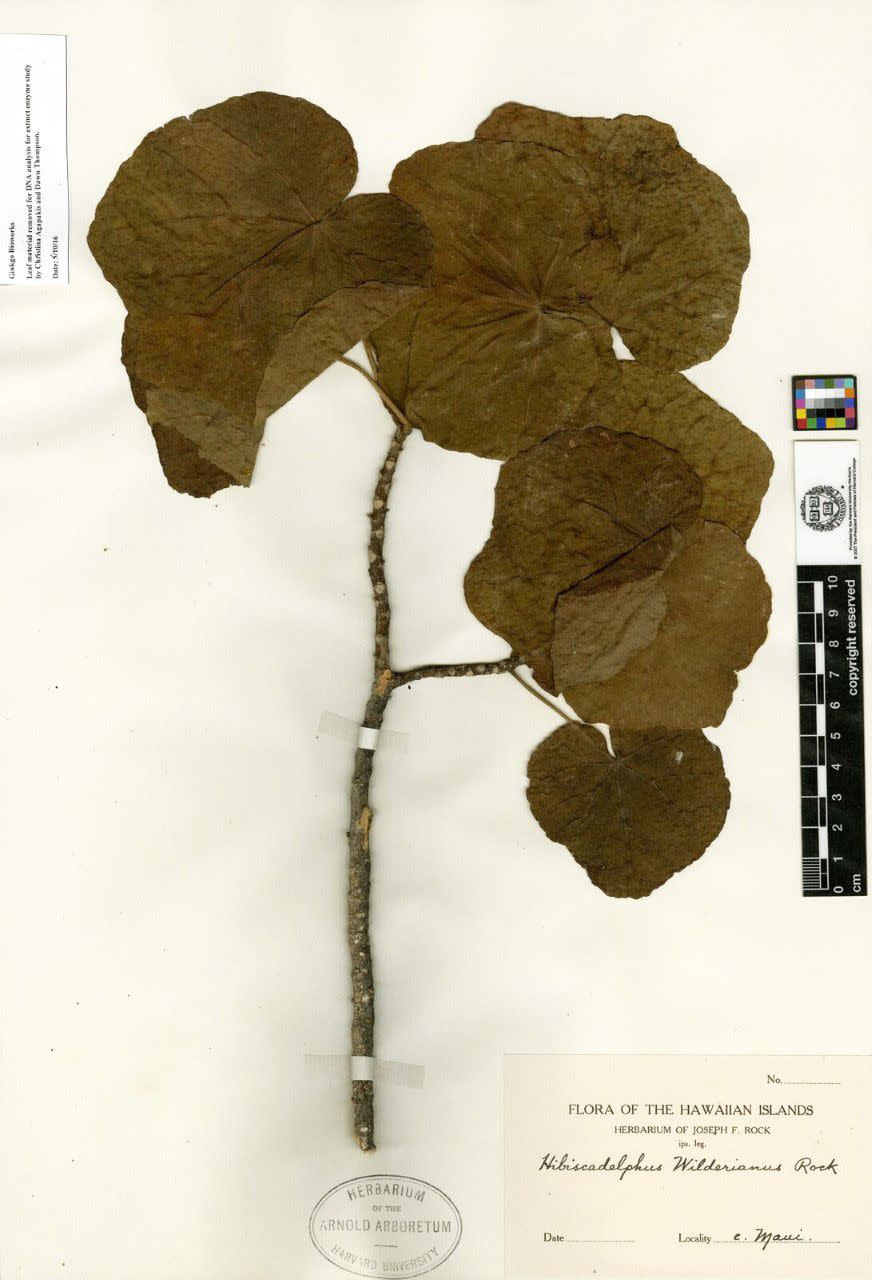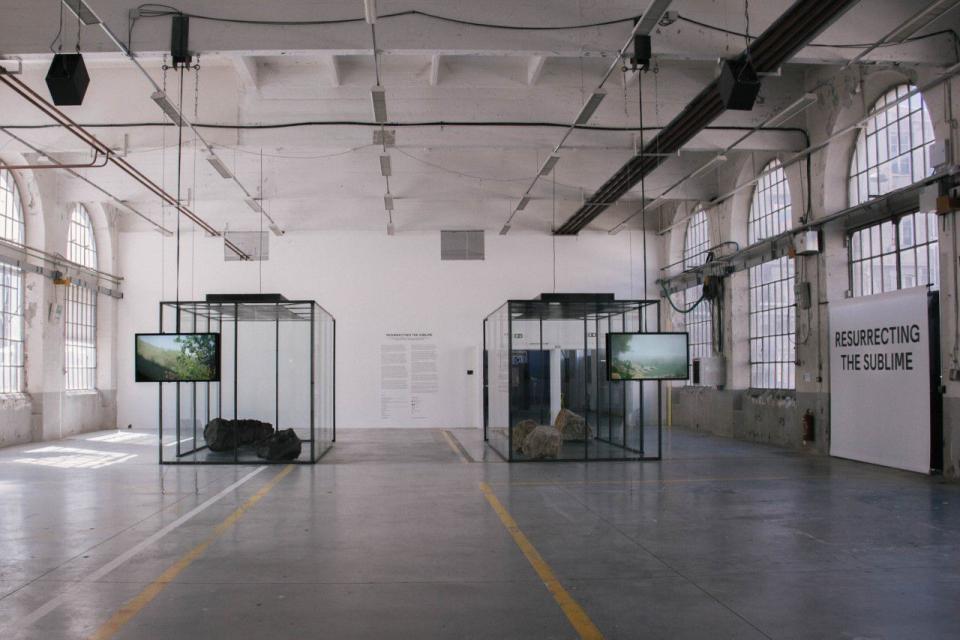Now You Can Smell a Flower That Went Extinct More Than 100 Years Ago

A scientist, a designer, and an olfactory artist have teamed up to resurrect the smell of extinct flowers.
This latest outgrowth of 21st-century biotech, courtesy of the Boston-based synthetic biology company Ginkgo Bioworks, represents an artful way to think about biological engineering: an act of harnessing the self-replicating and self-repairing mechanisms of biology itself to create the factories of new product development. The specimen samples used to home in on the ancient scents were isolated with help from a paleogenomics lab at UC Santa Cruz run by Beth Shapiro, author of How to Clone a Mammoth: The Science of De-Extinction.
Here’s a rough breakdown of the science. The molecules that create scent are produced by enzymes within the cells of a plant, and those enzymes are coded into the plant’s DNA. Recent breakthroughs in DNA sequencing have made it possible to decipher the coding of extinct specimens-in this case, two plants that disappeared more than a century ago.

Hibiscadelphus wilderianus, of the Malvaceae or mallows family (along with cotton and cacao), was a casualty of colonial cattle farming on the island of Maui. Orbexilum stipulatum, also known as Falls-of-the-Ohio Scurf pea, hasn’t been seen since 1881, its habitat erased by the canalization of the Ohio River. Thanks to specimens supplied by the Harvard Herbarium, the interdisciplinary team was able to code the fragrance genes of the extinct flowers, fill in genome gaps with surviving plant DNA, and inject the code into yeast to fabricate scent microbes.
Christina Agapakis, Ginkgo’s Creative Director and biotech leader, likened the process to brewing beer. That is if you can picture brewing beer using robotics synched with software and analytics to synthesize many thousands of enzymes at once. We’ve come a long way since the old days of biotech-by-hand when the number of strains were determined by how many vials could fit in a centrifuge (that’s 24, FYI). Boasting the World’s First Organism Foundry, Ginkgo is “automating and scaling the process of organism design.”

In a phone interview, Agapakis characterized their work as “exploring the biological possibility space” with “evolutionary implications.” In other words, the reconstruction of extinct fragrances is only the beginning. Think food systems based on cultured plant-based proteins that are sustainable, healthy, and accessible to populations in need. A recent partnership with Cronos Group launched the economical production of a full spectrum of cannabinoids. Ginkgo’s Foundry for Mammalian Cells, Bioworks4, advances the development and manufacture of therapeutics for use in pharmaceuticals.
“We are rebuilding tech in a way that’s not extractive but generative,” says Agapakis, adding, “Engineering could be a tool for the restoration of the natural world.”
These tenets tap at the heart of the debate surrounding genetic engineering. They also pose questions that are relevant regardless of your stance on the issue: Where do science and philosophy meet? Can our technological impact on the natural world have positive outcomes for biological systems? What does the future look like with genetic engineering? How about without it? Is nature natural anymore? Is it time to update old definitions of sustainability to include premeditated, scalable organism design?
These questions are addressed in a series of immersive installations designed by the Ginkgo Bioworks team in collaboration with artist Dr. Alexandra Daisy Ginsberg and smell researcher Sissal Tolaas. “Resurrecting the Sublime” can be viewed-or rather smelled-this spring at fine art museums around the world. Each of the exhibits grapples, with the loss of whole biological systems, now reduced to bioengineered scents, that implicitly require the presence of a creature (in this case the visitor) to smell them.
“In contrast to a natural history museum,” explains the artist statement, “the human becomes the specimen on view.” It’s like the high art form of Gotcha! But more meaningfully, it’s learning from nature to build a brave new kind of nature altogether.

The installation will be included in “Nature-Cooper Hewitt Design Triennial”, showing simultaneously at the Smithsonian in New York and at the Cube Design Museum in the Netherlands from May 10, 2019, through January 20, 2020.
And in case you were looking for a truly primordial scent for your one and only, the ancient fragrances will be wafting their way into the consumer market next fall.
('You Might Also Like',)

